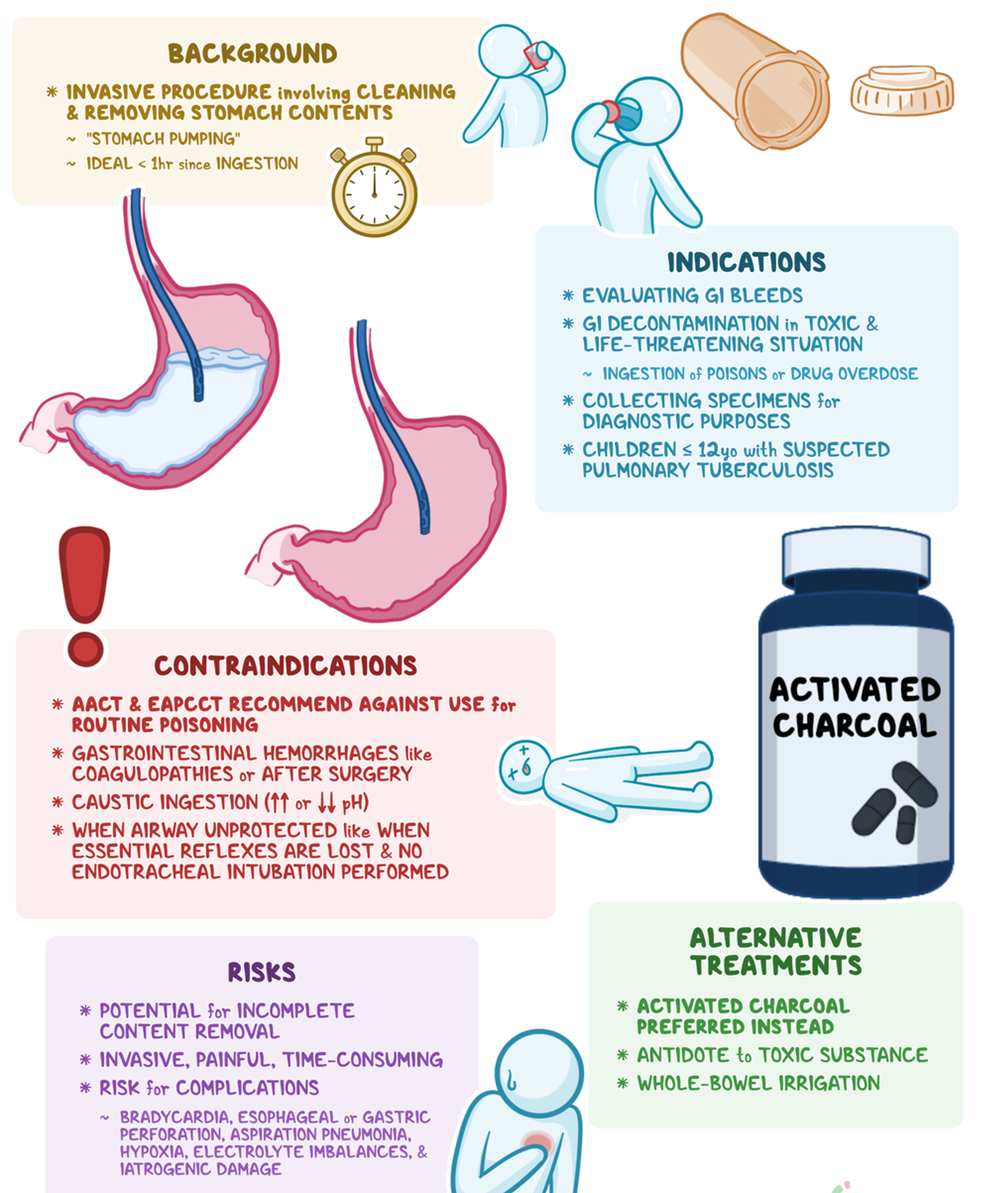A nurse is teaching a client diagnosed with hepatitis A. Which of the following information should the nurse include?
Hepatitis A infects the kidneys.
Manifestations of the virus are similar to flu-like symptoms.
The incubation of the virus is 5 days.
A family history increases your risk for acquiring hepatitis A
The Correct Answer is B
A. Hepatitis A does not infect the kidneys. Hepatitis A is a viral infection that primarily affects the liver, causing inflammation.
B. Manifestations of hepatitis A are indeed similar to flu-like symptoms. Common symptoms include fever, fatigue, nausea, vomiting, abdominal pain, loss of appetite, and jaundice (yellowing of the skin and eyes).
C. The incubation period for hepatitis A is typically 15 to 50 days, not 5 days. The incubation period is the time between exposure to the virus and the onset of symptoms.
D. A family history is not a significant risk factor for acquiring hepatitis A. Hepatitis A is primarily transmitted through the fecal-oral route, often due to contaminated food or water. It is more commonly associated with exposure to the virus through contaminated environments or ingestion of contaminated food or water.
Nursing Test Bank
Naxlex Comprehensive Predictor Exams
Related Questions
Correct Answer is C
Explanation
A. Positioning the client on the right side is not a standard recommendation for gastric lavage. The standard position is typically on the left side to facilitate the drainage of gastric contents.
B. Instilling 1000 mL of sterile saline is not a recommended action for gastric lavage. Gastric lavage involves the removal of stomach contents rather than instilling fluids.
C. Withdrawing fluid until it is clear is the correct action. Gastric lavage is a medical procedure used to empty the stomach contents. The process involves introducing small amounts of fluid (such as saline) into the stomach and then aspirating it back, along with gastric contents, until the aspirate is clear.
D. Connecting the NG tube to high continuous suction is not a standard approach for gastric lavage. Gastric lavage involves intermittent instillation and withdrawal of small amounts of fluid to clear the stomach.

Correct Answer is A
Explanation
Correct answer: A
A. Bear down:
Bear down: Asking the clientto bear down gently (as if to void) helps to expose urethral meatus.Bearing down simulates the act of urination and helps open the urethra.
B. Exhale slowly:
While exhaling slowly might help the client relax, it does not specifically assist with the insertion of the catheter as effectively as bearing down.
C. Contract the pelvic muscles:
Contracting the pelvic muscles (such as squeezing or tightening) might make catheter insertion more challenging by tensing the area where the catheter needs to pass through.
D. Take a sip of water:
Drinking water is not typically instructed during urinary catheter insertion, as it's unrelated to the process and might increase discomfort.
Whether you are a student looking to ace your exams or a practicing nurse seeking to enhance your expertise , our nursing education contents will empower you with the confidence and competence to make a difference in the lives of patients and become a respected leader in the healthcare field.
Visit Naxlex, invest in your future and unlock endless possibilities with our unparalleled nursing education contents today
Report Wrong Answer on the Current Question
Do you disagree with the answer? If yes, what is your expected answer? Explain.
Kindly be descriptive with the issue you are facing.
